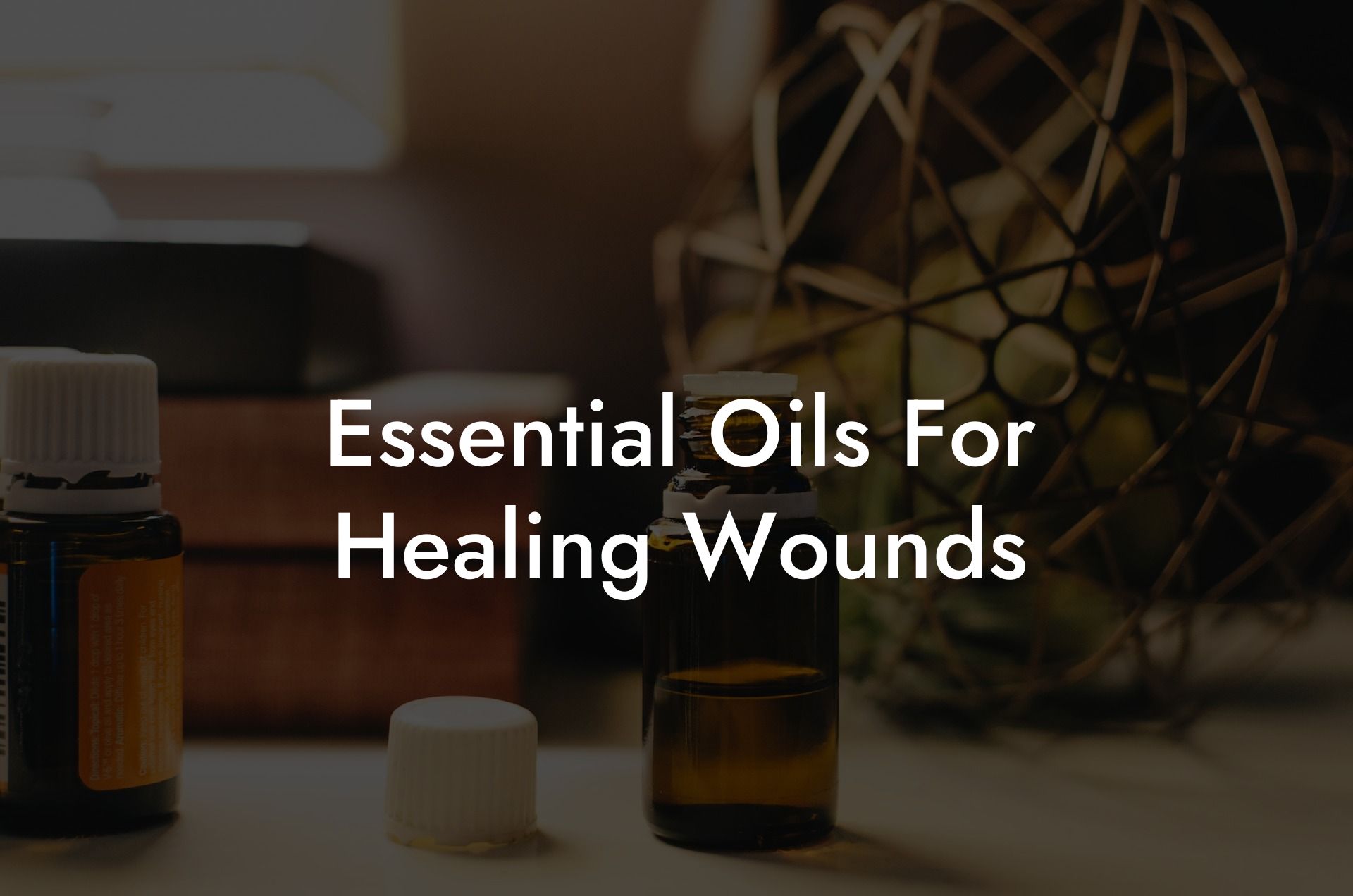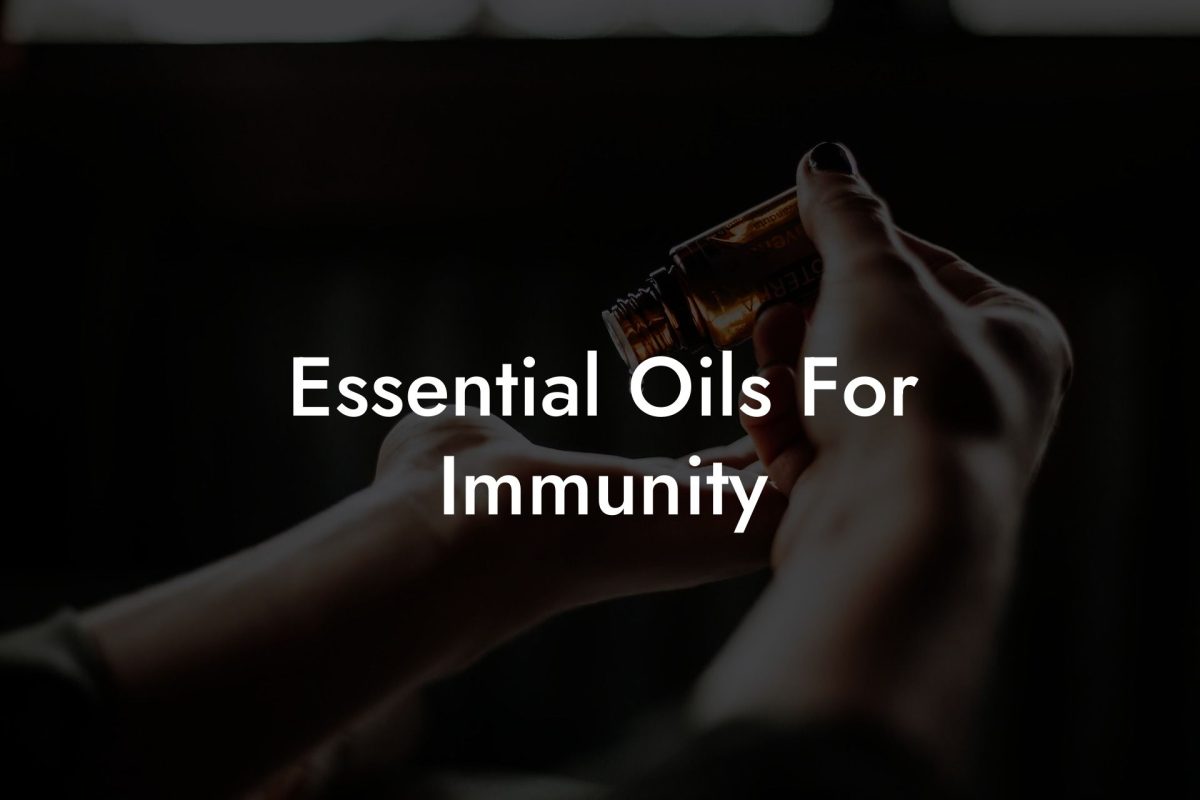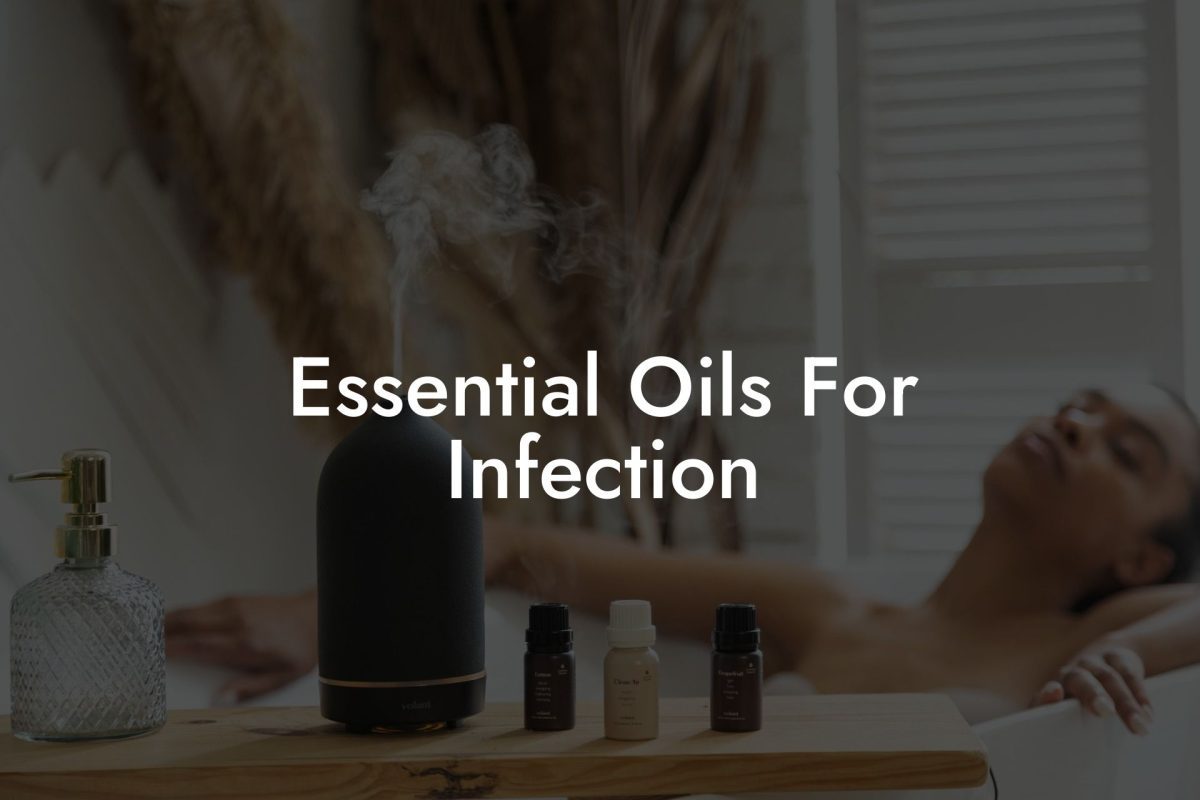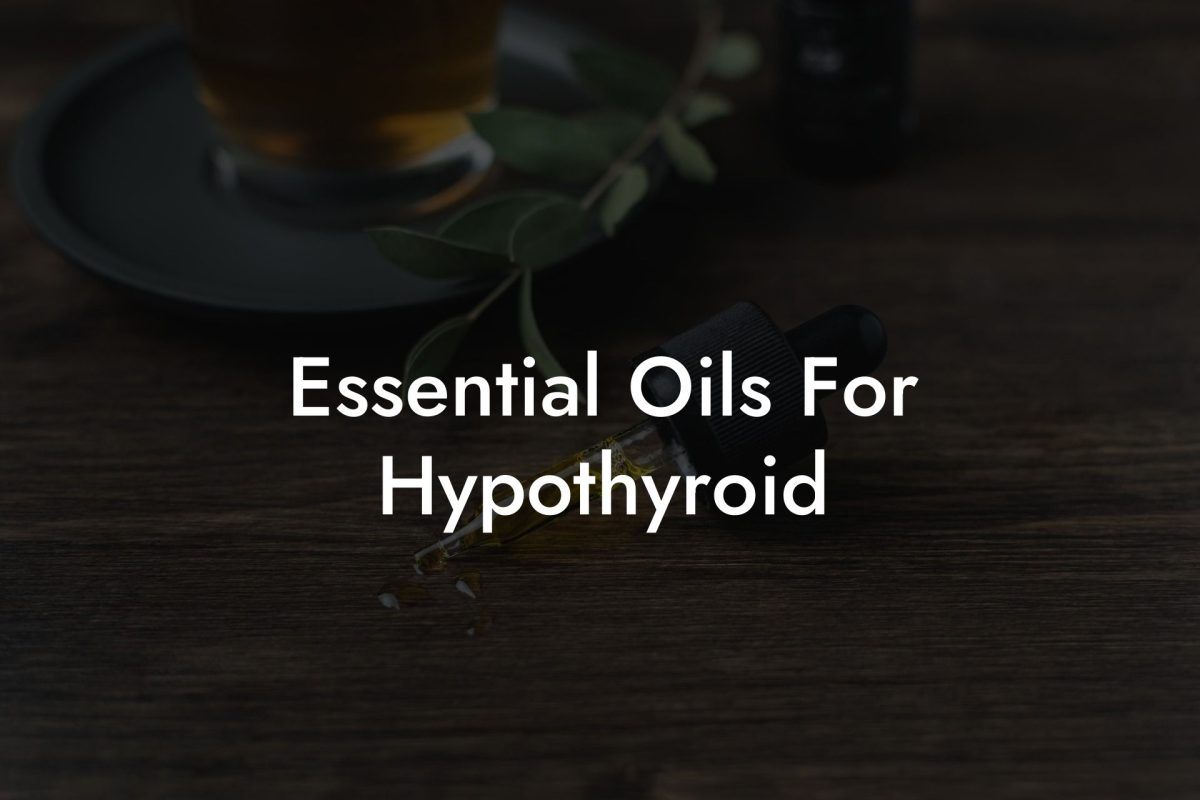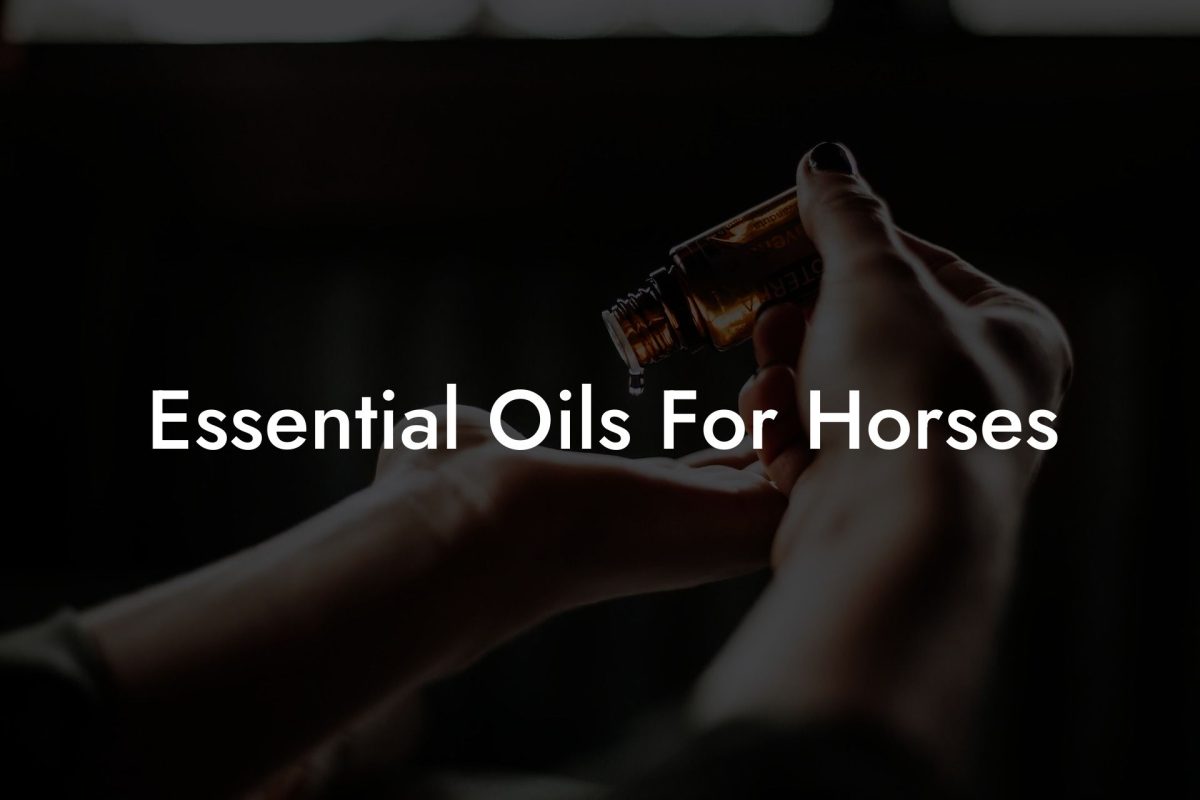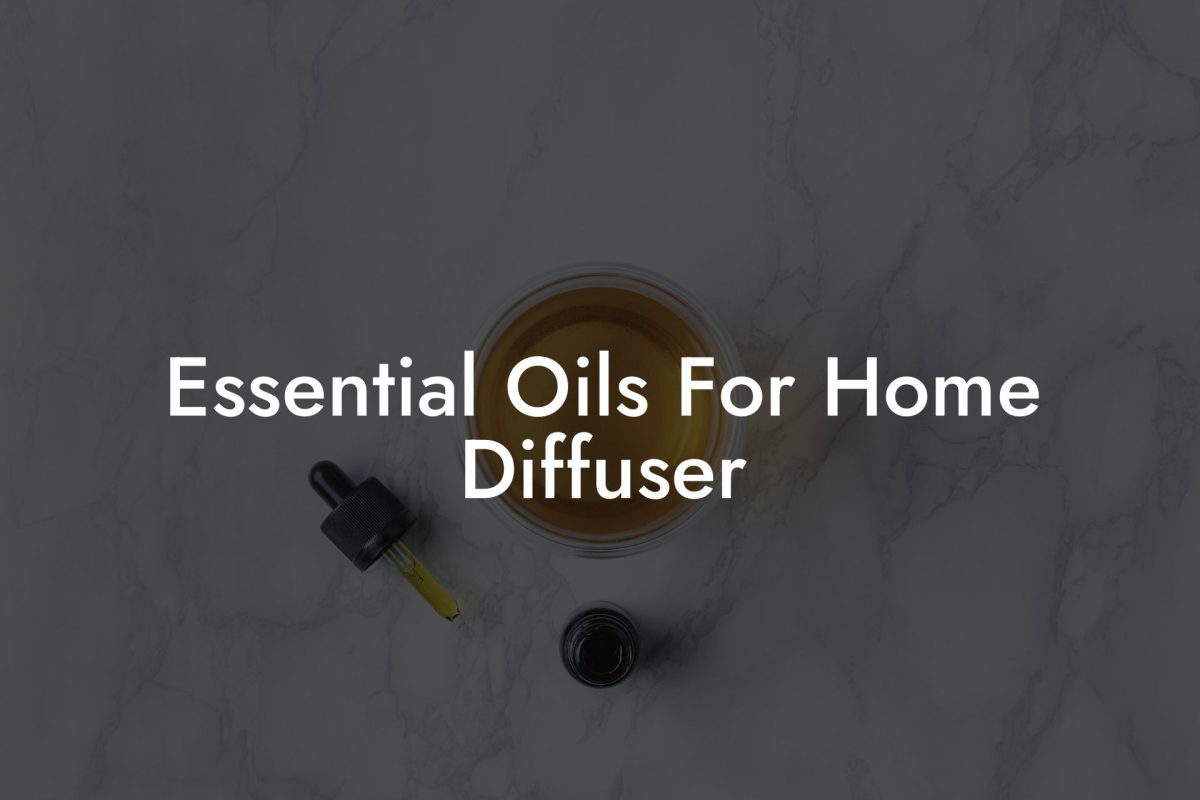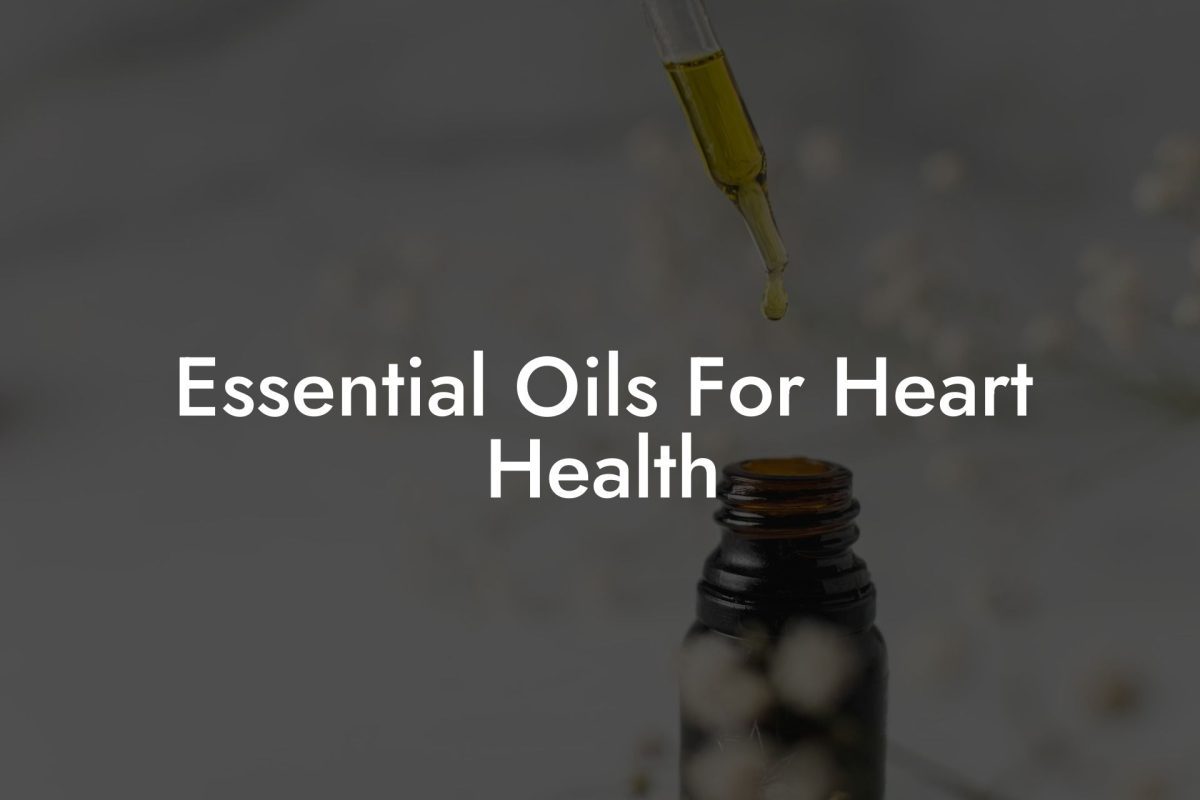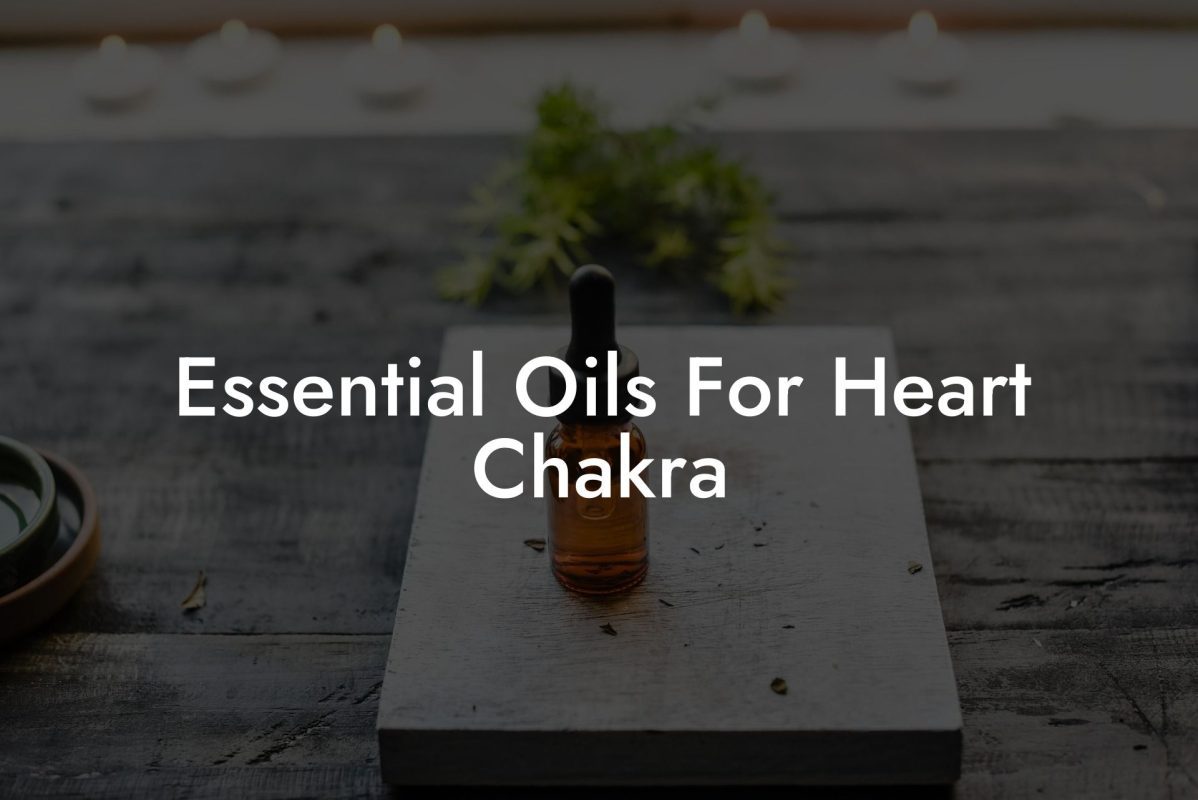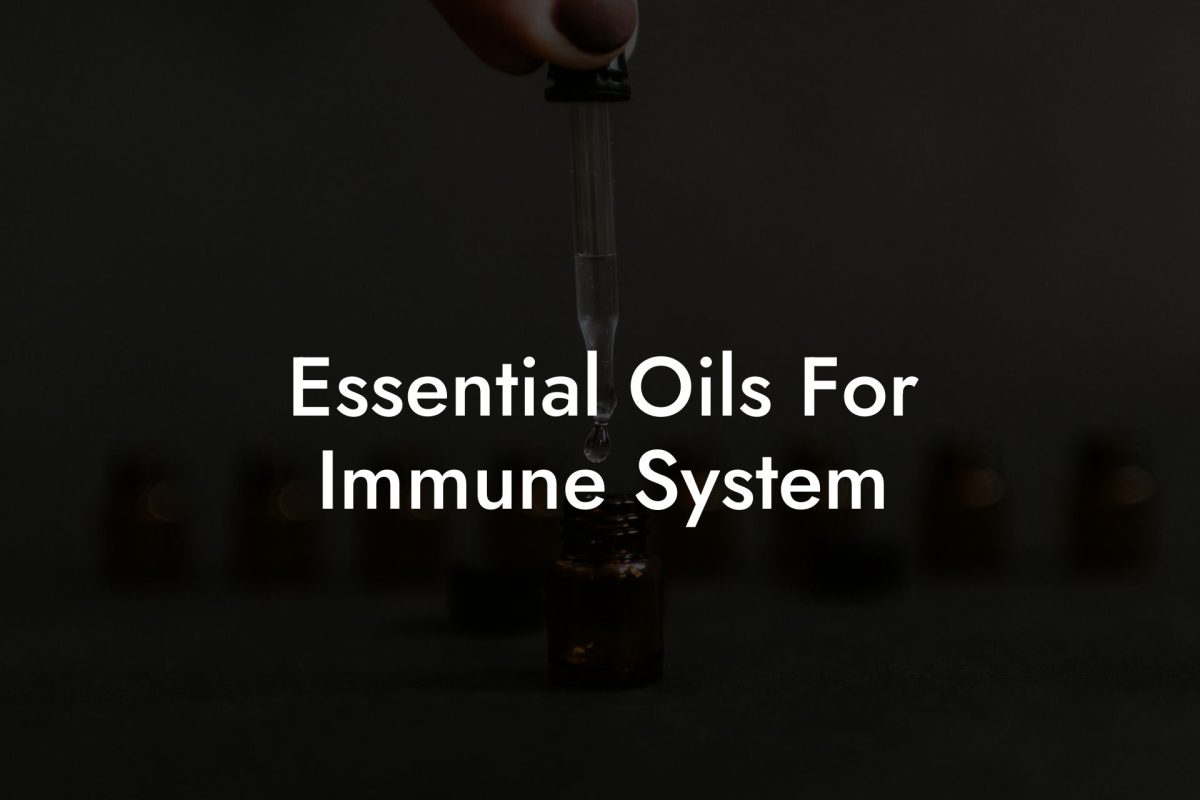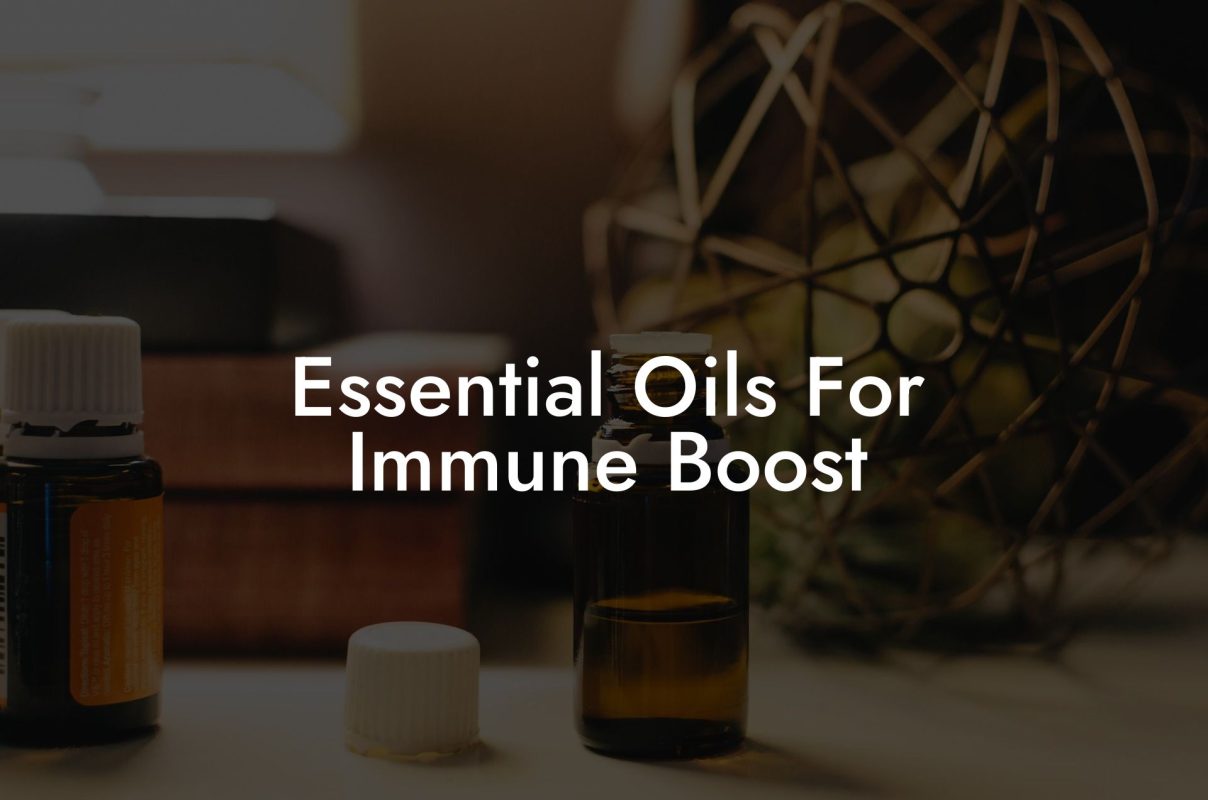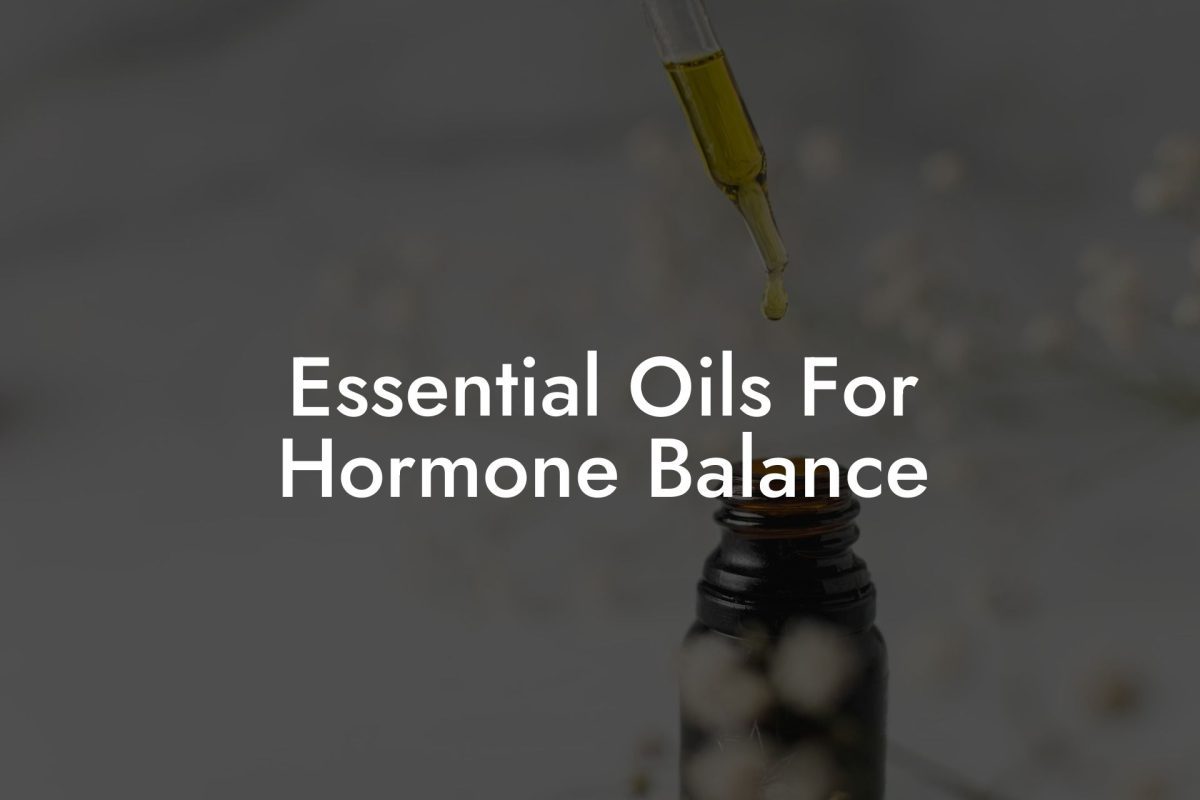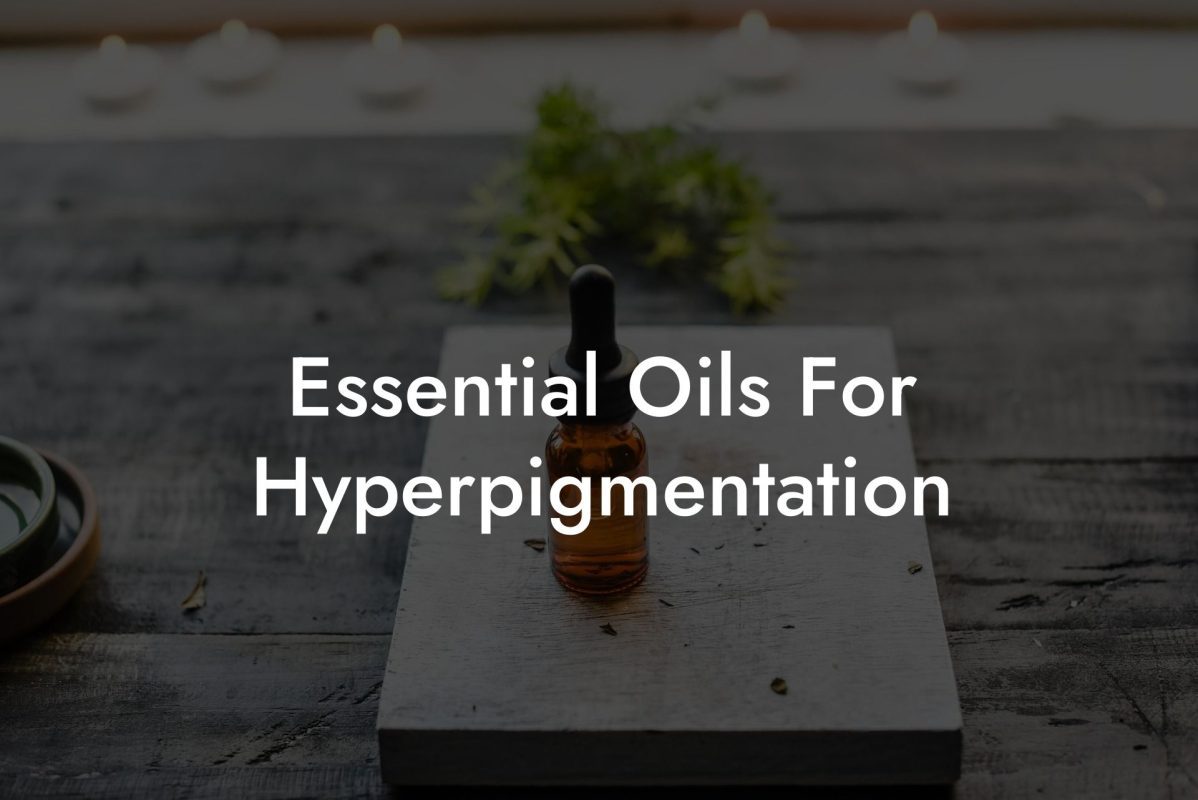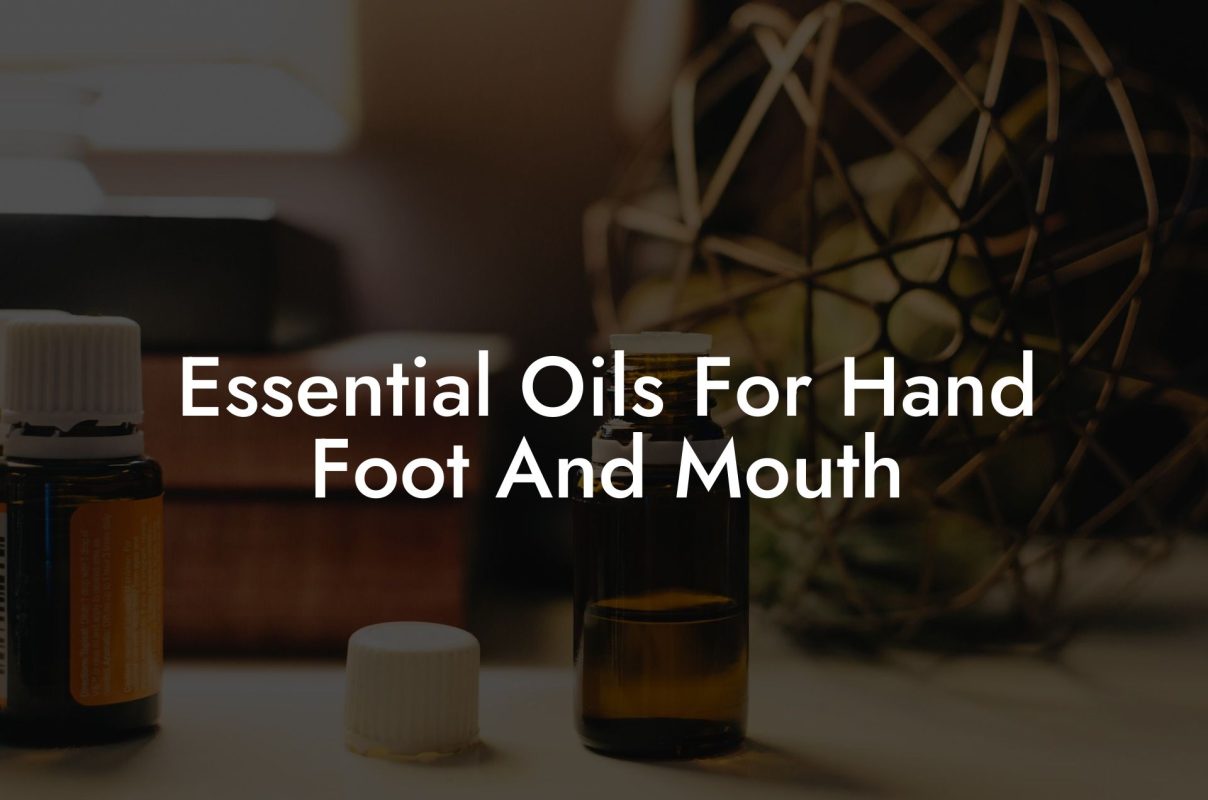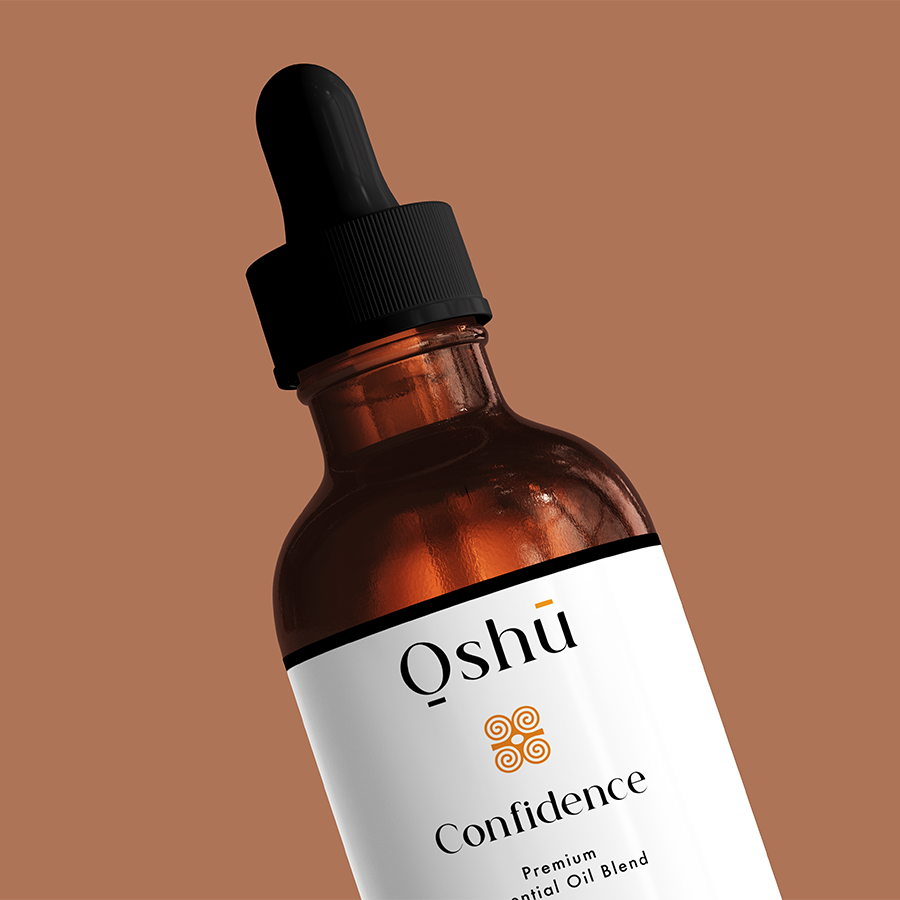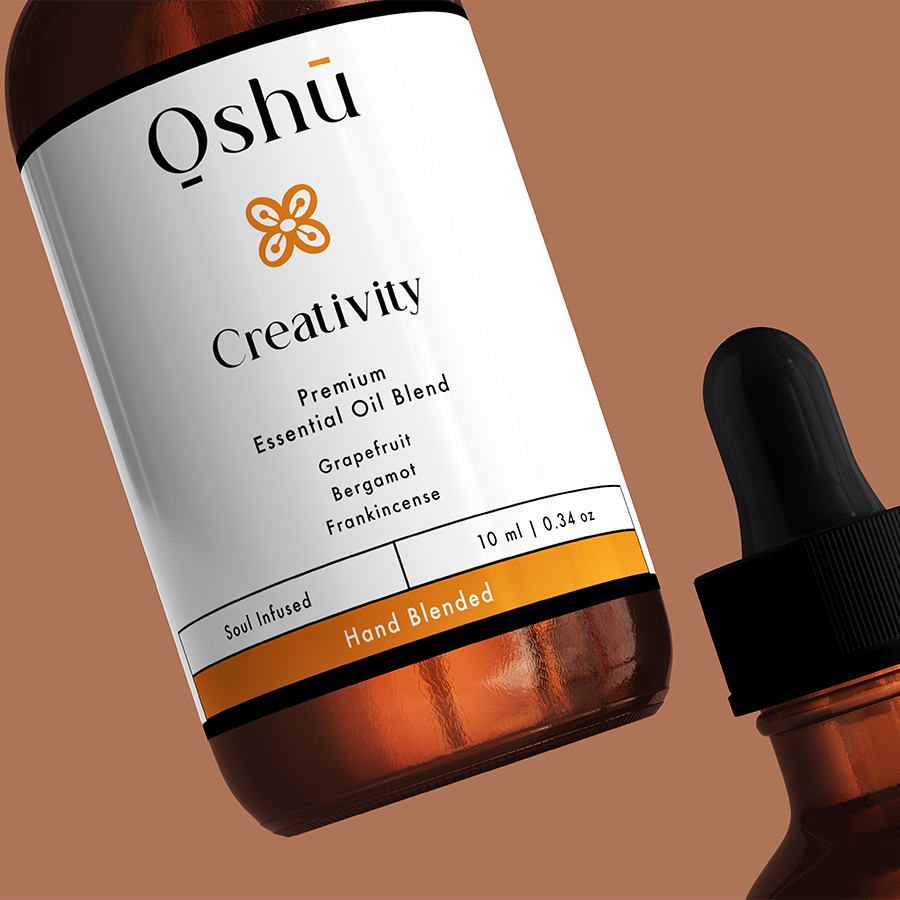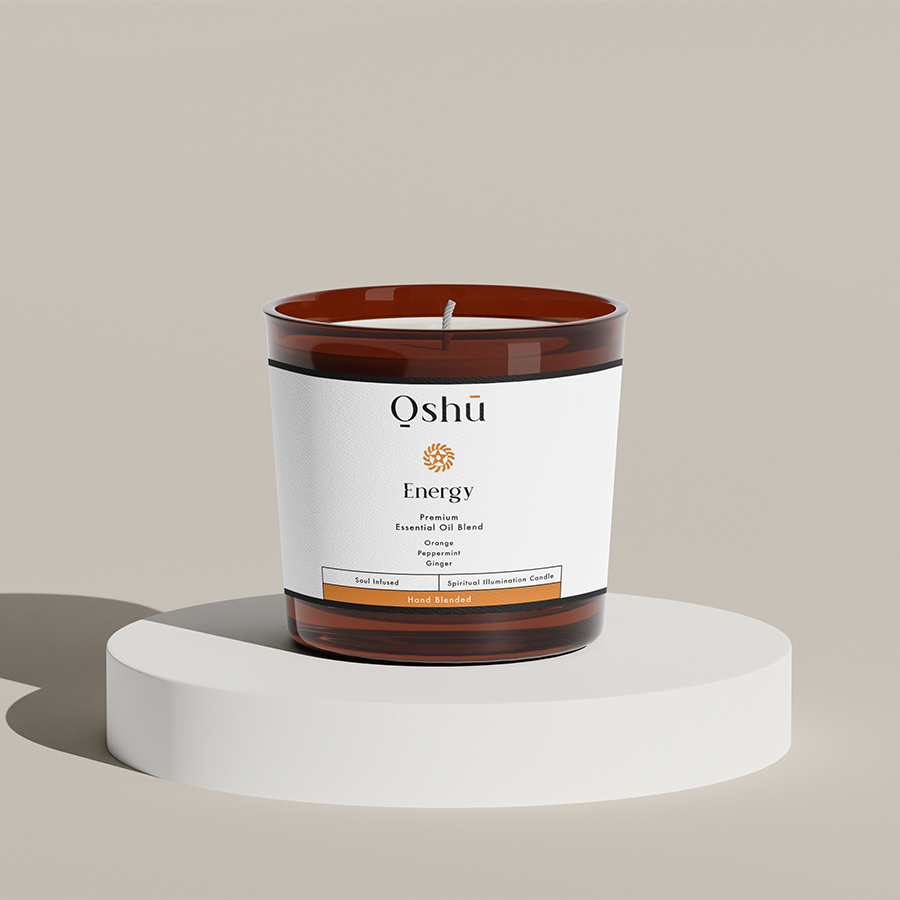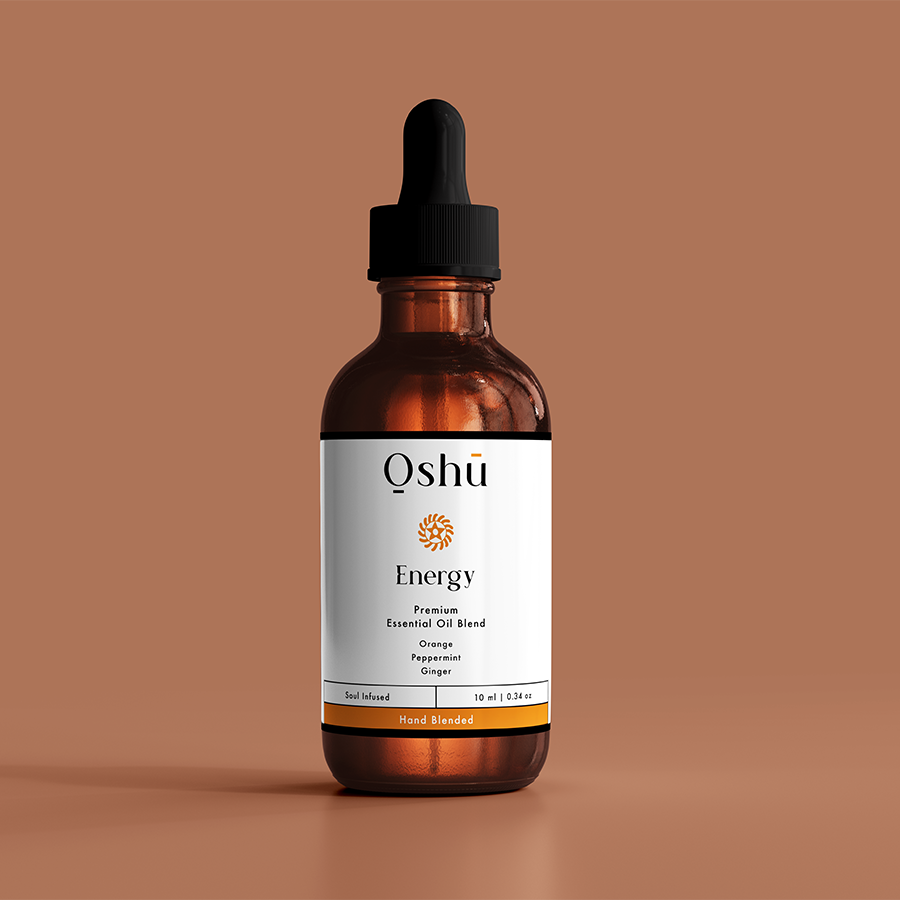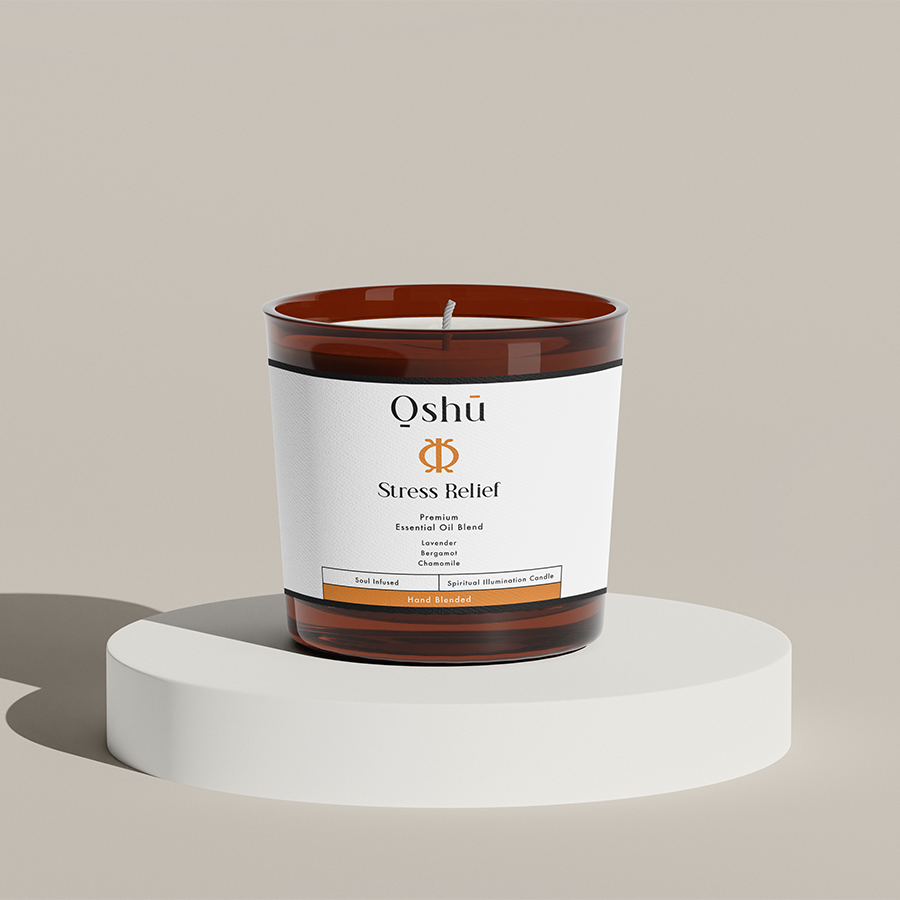There’s no denying the power of essential oils – their soothing aroma and countless health benefits have made them an indispensable part of many people’s lives. But what if we told you that essential oils can also help with wound healing? The healing power of essential oils has been used for generations, and today we are going to uncover the magic behind these natural remedies for wound care. So sit back, find a comfortable spot, and get ready to discover the wonder of essential oils for healing wounds.
Table of Contents
A Brief Overview of Essential Oils for Wound Healing
Essential oils are extracted from plants and carry the plant’s essence, hence the name. They have been used for centuries in traditional medicine practices for their various therapeutic properties. When it comes to wound healing, certain essential oils contain compounds that accelerate the process by fighting bacteria, reducing inflammation, and promoting tissue regeneration. Let’s take a closer look at some of the most popular and effective essential oils for this purpose.
Lavender Oil
- Promotes cell growth and regeneration
- Reducing inflammation
- Potent antimicrobial and antiseptic properties
- Calm and soothing aroma for stress reduction
Tea Tree Oil
- Powerful antibacterial and antiseptic properties
- Boosts immune system function
- Enhances wound healing and tissue repair
- Helps speed up recovery in wounds and cuts
Helichrysum Oil
- Anti-inflammatory, antimicrobial and antioxidant properties
- Speeds up the healing process by improving blood circulation
- Reduces pain and inflammation associated with wounds
- Regenerates skin cells to reduce the appearance of scars
Frankincense Oil
- Antiseptic, anti-inflammatory, and astringent properties
- Boosts the immune system by increasing white blood cell production
- Supports healthy cell function and tissue regeneration
- Reduces the appearance and development of scars
German Chamomile Oil
- Anti-inflammatory and analgesic properties
- Speeds healing process by stimulating cellular regeneration
- Reduces pain and inflammation associated with cuts and scrapes
- Calming effects for stress and emotional wellbeing
How to Use Essential Oils for Wound Healing Safely
Before you start using essential oils for wound healing, it’s crucial to know how to use them safely. Essential oils are highly concentrated substances and should never be applied directly to open wounds or broken skin, as this can cause irritation and potential complications. Here are some general guidelines for using essential oils in wound care:
- Always dilute essential oils with a carrier oil before applying to the skin
- Perform a patch test to gauge skin sensitivity before using on wounds
- Choose high-quality, pure essential oils from reputable sources
- Consult with a healthcare professional before using essential oils, especially if you have underlying health conditions or are taking medications
Essential Oils For Healing Wounds Example:
Imagine you have a small cut on your finger. After cleaning the wound, you decide to use essential oils to aid in the healing process. First, you dilute lavender oil with a few drops of carrier oil (such as coconut or almond oil) in a small container. Then, using a clean cotton swab, you gently apply the diluted mixture to the area surrounding the cut. By doing so, you not only help to speed up the healing process but also benefit from the calming aroma of lavender oil to reduce any stress or anxiety associated with the injury.
Essential oils truly are nature’s wonder medicines, and as we’ve seen in this guide, they can be powerful allies in healing wounds. By understanding the properties of these potent oils and using them responsibly, you can help to support your body’s natural ability to heal and recover. If you found this guide helpful, don’t hesitate to share it with your friends and family! Explore more essential oil guides on Oshu Oils’ blog and dive into the world of Artisan Essential Earth Oils to start enjoying the countless wellness benefits they bring. Happy healing!

